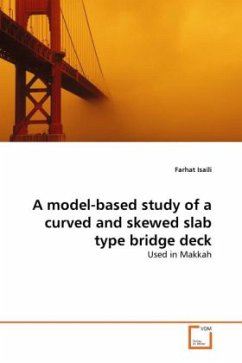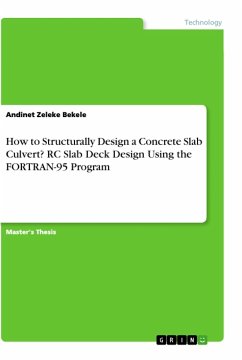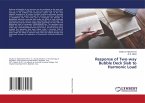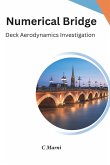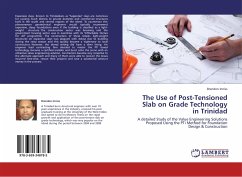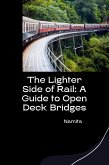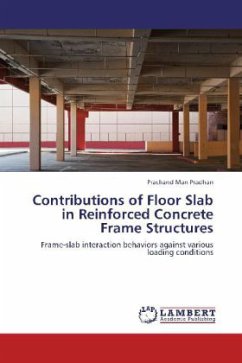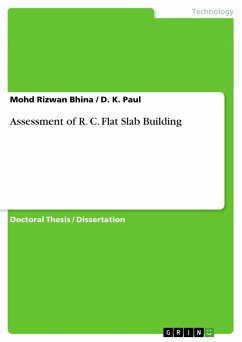Tight geometric requirements are often placed on highway structures due to right-of-way restrictions in congested urban areas. Skewed and/or horizontally curved bridges are among the some economical options for satisfying these demands. Increasingly strict and complex site constraints are leading to bridge projects with longer spans, more severe curvature and more complex geometries. These characteristics exacerbate the inherent three-dimensional (3D) response of curved and skewed bridge structures. As a result, the behavior of these types of bridges needs to be better understood. The model study can be utilized to understand the behavior and response of bridges. Such a study can also help in verifying the analytical results.
Bitte wählen Sie Ihr Anliegen aus.
Rechnungen
Retourenschein anfordern
Bestellstatus
Storno

